How To Optimize Timber Harvest Value?
- October 2, 2024
- 0 comment
Maximizing the value of your timber harvest isn’t just about cutting down trees, it’s about taking a thoughtful approach. You need to think strategically, understand the market, and manage your forest in a way that not only brings you profit but also keeps your land healthy for years to come. If you want to get the most out of your timber, you’ll need to look beyond the immediate harvest.

Let’s go through key strategies that will help you increase the value of your timber while keeping your forest thriving for the long haul.
List on How to Optimize Timber Harvest Value:
- Proper Pre-Harvest Planning
- Timing the Harvest
- Utilizing the Right Harvesting Techniques
- Value-Added Processing
- Market Knowledge and Sales Strategies
- Sustainable Forestry Practices
- Reduce Waste and Maximizing Yield
1. Proper Pre-Harvest Planning
Before you even consider harvesting your timber, planning is essential. A successful timber harvest doesn’t happen by chance; it’s the result of careful preparation.
A. Assess Timber Quality
Not all trees are created equal, especially when it comes to market value.
High-value species such as oak, walnut, and maple will naturally bring in more revenue, but beyond species, the overall quality of your timber is crucial. Factors such as age, diameter, and health of the trees all contribute to their value.
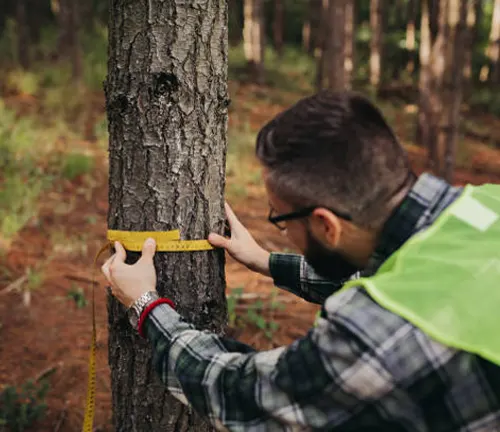
- High-value trees: Older, healthy trees with large diameters generally fetch a higher price because they can yield more usable wood.
- Low-quality timber: Trees with disease, rot, or significant defects can reduce the overall harvest value. This is why it’s important to carefully assess and mark the trees to be harvested.
B. Create a Harvest Plan
Every successful harvest starts with a detailed plan. You need to think about:
- Which trees to cut: Select trees based on their maturity, value, and how their removal will affect the surrounding ecosystem.
- Harvest methods: Decide whether you’ll use selective cutting, where only certain trees are removed, or clear-cutting, where all trees in a designated area are felled. Each method has its pros and cons depending on your long-term goals.
- Environmental impact: Make sure your plan includes measures to minimize soil erosion and protect water resources in your forest.
C. Consult a Forestry Professional
Partnering with a registered forester is one of the smartest moves you can make. A professional forester can help you assess your timber, plan a sustainable harvest, and ensure you don’t overlook key details that could cost you money. Involving a forester can improve both short-term profits and long-term sustainability.
2. Timing the Harvest
When it comes to optimizing the value of your timber, timing is everything. Both natural factors and market conditions play a significant role in how much you can earn from a harvest.
A. Seasonal Considerations
Harvesting in the right season can save costs and improve efficiency. For example, it’s often easier and less expensive to harvest timber during the dry season. Wet conditions can slow down operations and lead to soil damage, which reduces long-term productivity.
B. Economic Conditions
Timber prices fluctuate with market demand. It’s important to pay attention to timber market trends and choose a time to harvest when the species you’re growing is in high demand.

This could significantly increase the value of your harvest. For example, construction booms can drive up demand for certain hardwood species.
C. Maturity of Timber
Each species of tree has an optimal harvest age when its growth rate slows down, and it reaches its maximum value. Harvesting too early can result in lower yields and smaller profits, while harvesting too late could lead to wood degradation or disease.
3. Utilizing the Right Harvesting Techniques
The techniques you use to harvest your timber have a big impact on both the immediate value of your wood and the future health of your forest.
A. Selective Cutting vs. Clear-Cutting
- Selective Cutting: This technique involves removing only specific trees while leaving others to continue growing. It’s ideal for maintaining the health of the forest and promoting long-term sustainability. It also leaves behind higher-value trees for future harvests.
- Clear-Cutting: In this method, all trees in a designated area are harvested. While it can be efficient and is sometimes necessary to clear land for regeneration, it can cause long-term damage to the ecosystem if not managed properly.
B. Minimizing Damage
One of the most important factors in optimizing your timber’s value is protecting the remaining forest during harvest. Damage to surrounding trees or soil can reduce future yields. Be mindful of how you move equipment through the forest and how you fell trees to avoid unnecessary damage to the surrounding environment.
4. Value-Added Processing
You don’t have to sell raw logs—adding value through processing can significantly increase your returns.
A. Sawmilling on Site
By milling your timber on-site, you can cut down on transportation costs and sell finished or semi-finished products at a higher price. Buyers often pay a premium for processed lumber, as it saves them time and labor.
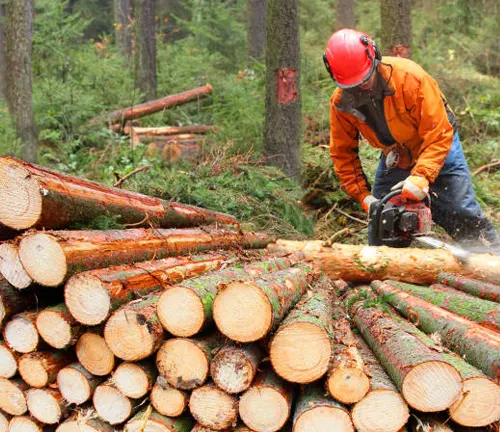
B. Grading and Sorting
Not all logs are the same. Sorting timber based on grade allows you to maximize the price for higher-quality logs. Logs with fewer knots, straight grains, and larger diameters are worth more, so grade your timber carefully before selling.
- High-grade logs: Suitable for furniture, flooring, or high-end construction.
- Lower-grade logs: Used for pulp or general construction but still valuable.
C. Debarking and Pruning
Removing bark and low-quality branches before selling your timber can make your logs more appealing to buyers. Clean, debarked logs can fetch higher prices and increase your overall profit.
5. Market Knowledge and Sales Strategies
It’s not just about having the right product; you need to know how to sell it effectively to maximize your profits.
A. Understand Market Trend
Markets change, and keeping up with trends can help you decide when to sell. For example, if demand for a certain species or product is on the rise, you may want to accelerate your harvest to take advantage of higher prices.
B. Choose the Right Buyer
Not all buyers offer the same prices. Some buyers, like sawmills or furniture manufacturers, pay more for specific types of timber. Others, like pulp mills, may offer lower prices for lower-grade wood. It’s important to match your product to the right buyer to get the best price.
C. Competitive Bidding
If you have a large harvest, it’s worth getting multiple bids. This helps you negotiate a better price and ensure you’re getting the most out of your timber. Don’t settle for the first offer—shop around and compare your options.
6. Sustainable Forestry Practices
A healthy forest isn’t just good for the environment; it’s essential for long-term profits. Sustainable forestry practices help ensure that your land continues to provide valuable timber for years to come.
A. Reforestation and Regeneration
After harvesting, replanting is essential to maintain the productivity of your forest. Reforestation ensures that your land remains a source of future income, and some species may even grow faster and healthier if managed properly.
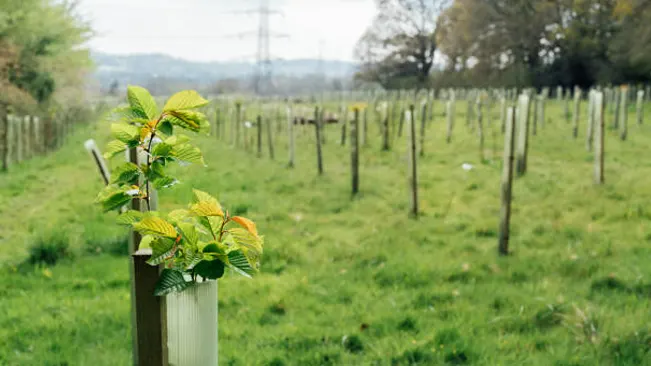
B. Eco-Certifications
Timber from sustainably managed forests often fetches higher prices, especially if it carries eco-certifications like those from the Forest Stewardship Council (FSC). Many buyers prefer certified wood, as it aligns with their corporate social responsibility goals and meets regulatory requirements.
C. Soil and Water Protection
Protecting your soil and water resources during a harvest is essential for maintaining the long-term health of your forest. Sustainable harvest techniques help preserve these resources, ensuring that future harvests will be just as productive.
7. Reduce Waste and Maximizing Yield
Getting the most value out of your harvest means reducing waste and maximizing every part of the tree.
A. Harvest Smaller Diameter Trees
Even smaller trees can be valuable. Consider harvesting smaller trees for products like pulp, paper, or bioenergy. This allows you to make the most of your available resources without waiting for full maturity.
B. Utilize Byproducts
Don’t let the byproducts of your harvest go to waste.
Sawdust, wood chips, and bark can all be sold or repurposed. These materials are in demand for a variety of industries, including landscaping, energy production, and animal bedding.
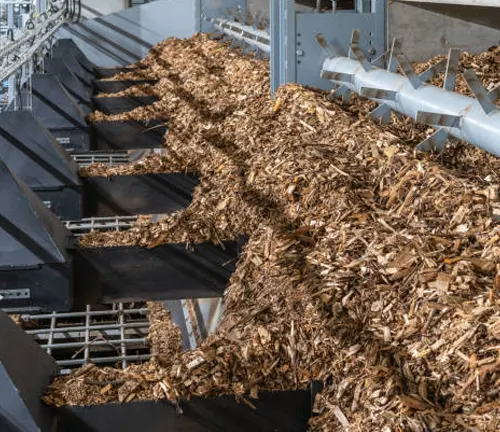
C. Reduce Damage During Transport
Improper handling during transport can reduce the value of your timber. Make sure that your logs are properly secured and transported to minimize damage, which can lead to significant losses.
Conclusion
Optimizing the value of your timber harvest involves thoughtful planning, understanding market dynamics, and making sure every part of the process is efficient and sustainable. By carefully assessing your timber, timing your harvest, using the right techniques, and adding value where possible, you’ll not only increase your immediate profits but also ensure the long-term health and productivity of your forest.
With these strategies in mind, you can approach your next timber harvest with confidence, knowing that you’re maximizing both value and sustainability.
Frequently Asked Questions (FAQ’s)
- What is the best time of year to harvest timber?
The dry season is usually the best time to harvest timber as it allows easier access, reduces soil damage, and can lower operational costs. - How can I assess the value of my timber before a harvest?
A professional forester can help you assess your timber by evaluating factors such as species, tree size, health, and maturity, all of which affect market value. - What’s the difference between selective cutting and clear-cutting?
Selective cutting removes individual trees based on their value or health, while clear-cutting removes all trees in a specific area, which can be necessary for regeneration or land use changes. - How does adding value through on-site processing increase profits?
By milling timber on-site, you can reduce transportation costs and sell processed lumber at a higher price, as finished products often have more value than raw logs. - How can I ensure sustainable timber harvesting practices?
Sustainable practices include replanting after harvest, protecting soil and water resources, and using selective cutting to maintain the forest ecosystem. - Why is it important to monitor timber market trends?
Timber prices fluctuate based on supply and demand, and staying informed on market trends helps you time your harvest to sell when prices are higher for your specific wood species. - What role does a professional forester play in timber harvesting?
A forester helps you plan your harvest, assess timber value, use sustainable practices, and navigate the market to ensure you get the best possible return on your timber. - How do I reduce waste in a timber harvest?
Reduce waste by using modern machinery, harvesting smaller trees, utilizing byproducts like sawdust and wood chips, and ensuring careful handling during transport. - What certifications can help increase timber value?
Eco-certifications like the Forest Stewardship Council (FSC) certification can make your timber more attractive to environmentally conscious buyers and often command higher prices. - Should I get multiple bids for my timber harvest?
Yes, obtaining multiple bids allows you to compare offers and negotiate better prices, ensuring you get the best value for your timber.

Benjamin Brooks
Forestry AuthorGreetings! I'm Benjamin Brooks, and my journey over the past 15 years has revolved around the fascinating realms of content creation, expertise in snow clearing, and the intricate world of lumberjacking and landscaping. What began as a simple curiosity about the natural world and heavy machinery has evolved into a passionate profession where my love for crafting words intertwines seamlessly with my lumberjacking and garden skills.


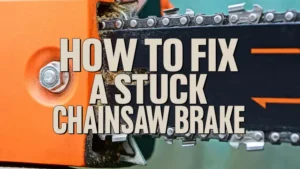



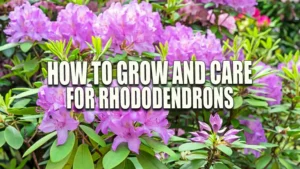
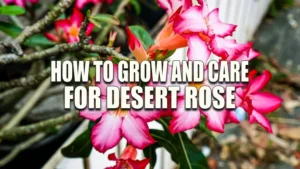
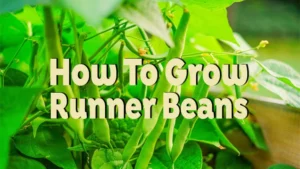


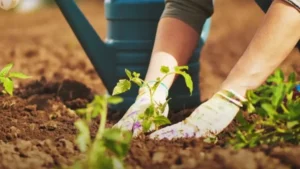
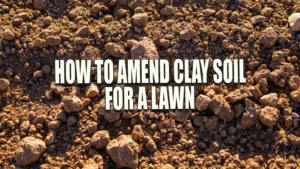
Leave your comment